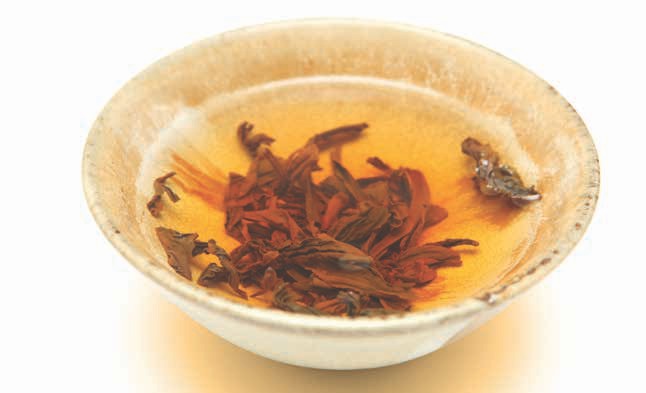
 |
|
If we are lucky and our karma is ripe, our first true encounter with Tea will come by way of a Tea session with a master. By means of hot water and leaves, bowls and cups and some seemingly esoteric formalities, the master reveals that there is indeed a Way, via Tea, that one can travel upon towards a promise of fulfillment. You find yourself overwhelmingly grateful, changed, and wanting nothing more than to pass the knowledge of this Way onto others. But after the last cup is cleaned, the guests have all departed, including you, the wisdom that was so pristine and obvious just moments ago starts to slip away. Once home, you find that the methodologies employed so effortlessly by the master are clearly not yet your own! The Path is suddenly very long and daunting! Overwhelmed, in a typical modern fashion, you desperately search the Amazon catalog for help - and you find Tea Medicine in paperback!
Tea Medicine is a paradisaic crash course for a most-fortunate Tea apprentice, namely you, through the vast world of Cha Dao. The author consecrates each chapter by graciously "serving" you a new type of Tea and introducing a new method of Tea preparation in a beautiful setting. The first sips of Tea act as stepping-stones for the lessons to follow. These introductions are so well written; one cannot help but be transported to each Tea session (and one can certainly emulate each one as you proceed through the book!). 31 The arc of the first section, "Book I: The Medicine of Tea", begins by establishing the foundation of properly drinking bowl Tea and how that relates to the cultivation of health. As the apprentice, bowl in hand, starts the journey down the road to health, they slowly become more connected and integrated into all the elements involved. Having found answers to the question "Why Tea", the apprentice then works to experience the subtle importance of properly prepared leaves, water and fire on our well-being. Practical lessons are soon swapped out for the deeper substance of "Book II: The Teachings of Tea". For the apprentice, this is where the Tea life really begins; for here Tea requires that they cultivate the inner virtues and orientation that will work part and parcel with the outer formalities of Tea preparation in order to truly be of service.
"There is no mastery in self service. In this tradition, we don't learn to make Tea but to serve Tea. True mastery must be in the service of mankind."
Did I mention there was homework? Punctuating each lesson is a homework assignment, which you will feel encouraged to attempt before the next day's Tea! As the book progresses, the assignments become more challenging: the baby step of serving Tea awkwardly for a friend becomes the giant step of serving Tea in public for strangers. The easy and relaxing personal cultivation of the stuff of Tea becomes the more difficult pursuit of self-actualization through service.
The third section, "Book III: The Sutras of Tea" spells out the service path in precise language, inculcating and distilling the lessons of the entire book down to their essence, codifying the Tea tradition espoused by the author. It is lovely to now have these sutras available in print!
A master is one who has walked far down the path and has the skillful means to share what they have learned with others in a meaningful and impactful way, one that has the potential to produce real beneficial change in another. When mastery has ripened to the necessary degree, it is a blessing when it gets enthusiastically poured forth into the world, as it now has in this book. This master author's vehicles, underpinned by Tea, are the inspired written word, sublime Tea-themed artwork, poignant photographs and a beautiful typesetting, well executed in every way, especially for a self-published work. This book belongs amongst those reserved for reading only in a sacred space, and of course along with a mandatory cup of Tea.
Each chapter is meant to be digested over time and practiced. Some of the homework, like taking a day off to do "nothing", will push you outside of your comfort zone to reveal what real service to Tea feels like. I strongly believe that as you attempt what each chapter asks of you, you will begin to find the Way you have always been looking for.
Please allow me now, humbled, to acknowledge that the voice of the "master" speaking in first-person throughout, imparting the medicine of Tea Medicine, is none other than our beloved Wu De. On behalf of the GTH community, I put myself beneath Wu De in gratitude for giving us everything he has for this book and distilling it down so that it can be consumed and we can be better for it.
Perhaps we all can practice what it asks of us and become masters in turn, first of ourselves, and then once we too ripen, for the benefit of others...

